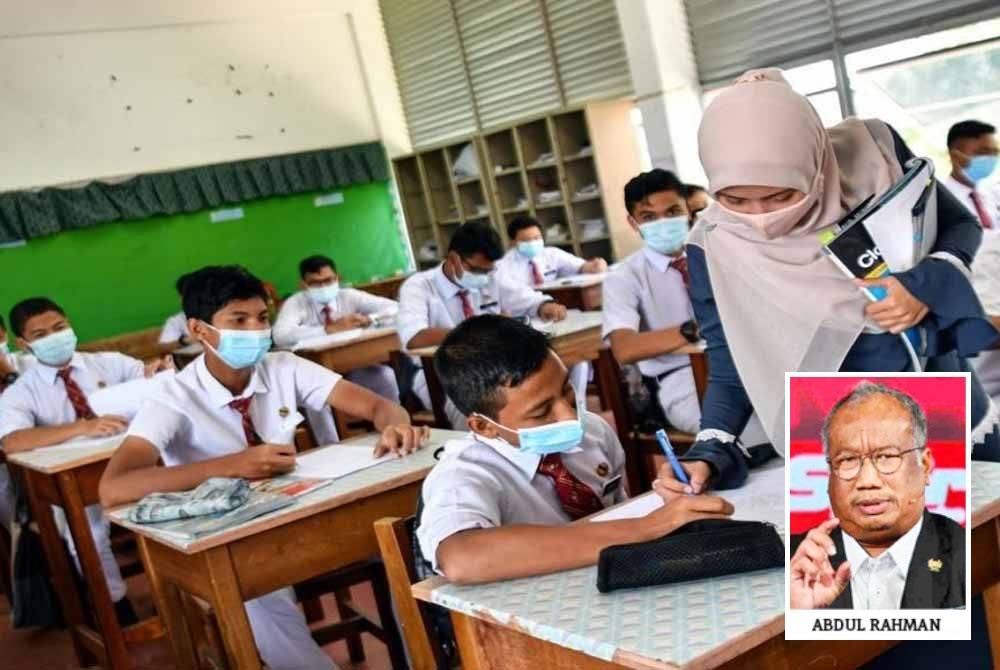Large class sizes hinder learning, salary stagnation demotivates teachers, union warns
Teacher shortage and workload strain concerns raised by union.

SHAH ALAM - The Congress of Unions of Employees in the Public and Civil Services (Cuepacs) calls for a significant increase in teacher numbers to address school overcrowding and reduce workload strain.
Cuepacs secretary-general Abdul Rahman Mohd Nordin highlighted the current imbalanced student-to-teacher ratio, stating that the ideal ratio of 1:20 is far from the current reality of 1:45.
He said besides increasing responsibilities, several other issues are causing many teachers to feel stressed, including constantly changing policies and unequal pay compared to the commitment given.
"I perceive the challenges faced by teachers akin to those of doctors.
"Therefore, any decision to augment their ranks should be commensurate with the surge in student enrollment, ensuring a manageable workload ratio," Abdul Rahman told Sinar when contacted yesterday.
He advocated for a revision of the additional responsibilities assigned to teachers to enable them to concentrate more on their core duties, thereby enhancing the quality of education delivery.
Abdul Rahman also stressed the importance of policy stability to mitigate stress levels among educators.
He urged for salary adjustments in line with their increased workload and the escalating cost of living.
His comments were prompted by concerns surrounding overcrowded schools, some accommodating up to 3,000 students.
Such conditions, he noted, further strain teachers, potentially leading to increased workload and early retirements due to job pressures.
National education laureate Tan Sri Alimuddin Mohd Dom echoed these sentiments, warning that overcrowded classrooms could disrupt the teaching-learning process and impede personalised attention and guidance to students, hindering their mastery of curriculum content.














